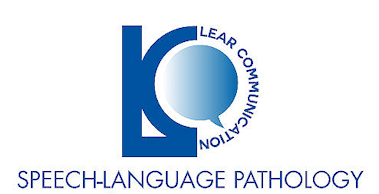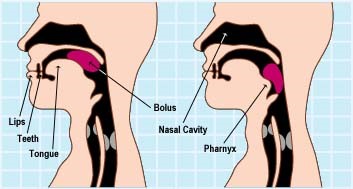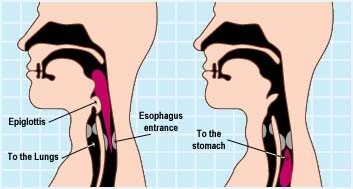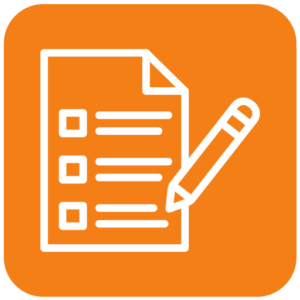Swallowing - Dysphagia
A swallowing disorder is the inability to swallow food or liquids safely and efficiently. This issue can occur at any point between the mouth and the stomach.
Swallowing difficulties can be especially serious if food or liquid enters the wrong airway (i.e., the lungs instead of the stomach), potentially leading to pneumonia, which can be life-threatening.
The Mechanics of Proper Swallowing
The lips, teeth, and tongue work together to shape the food into a compact “bolus” for the next stages of swallowing.
The soft palate (the “punching bag” at the back of your mouth) moves back to seal off the nasal cavity, directing the bolus toward the throat.
The bolus is pushed into the esophagus as the epiglottis folds down to protect the airway.
Once the airway reopens for breathing, the entrance to the esophagus closes, keeping food from entering the lungs and allowing it to move toward the stomach.
Issues can arise at any stage of this process.
Signs of Difficulty Swallowing
If you experience any of the following, a swallowing assessment and/or treatment may be beneficial:
- Drooling or food/liquid spilling from the mouth
- Slower, more hesitant, or effortful eating
- Coughing or choking after swallowing
- Food collecting in the mouth or at the back of the throat
- Increased congestion after eating
- Dry mouth
Our Treatment Includes
Speech-language pathologists are trained to assess an individual’s ability to swallow safely and effectively. Depending on the nature of the swallowing difficulty, they may:
- Provide exercises to strengthen the muscles involved in chewing and swallowing
- Teach safe swallowing techniques, such as proper posture and feeding behaviors
- Recommend a modified diet, including adjustments to food and liquid consistency
Self-Directed Techniques
For safe and effective swallowing techniques, try the following:
✅ Maintain proper posture: Sit upright with a slight forward tilt of the neck and keep your feet flat on the floor.
✅ Minimize distractions: Eliminate background noise by turning off the TV or radio and stay focused.
✅ Eat slowly: Take small bites and use smaller portions on your fork or spoon.
✅ Swallow twice after each bite or sip.
✅ Practice good oral hygiene: Clean your mouth after meals using your tongue or a toothbrush.
✅ Prevent reflux: Stay seated for at least 30 minutes after eating to reduce the risk of food going back up.
For personalized guidance tailored to your specific needs, consult a speech-language pathologist.






